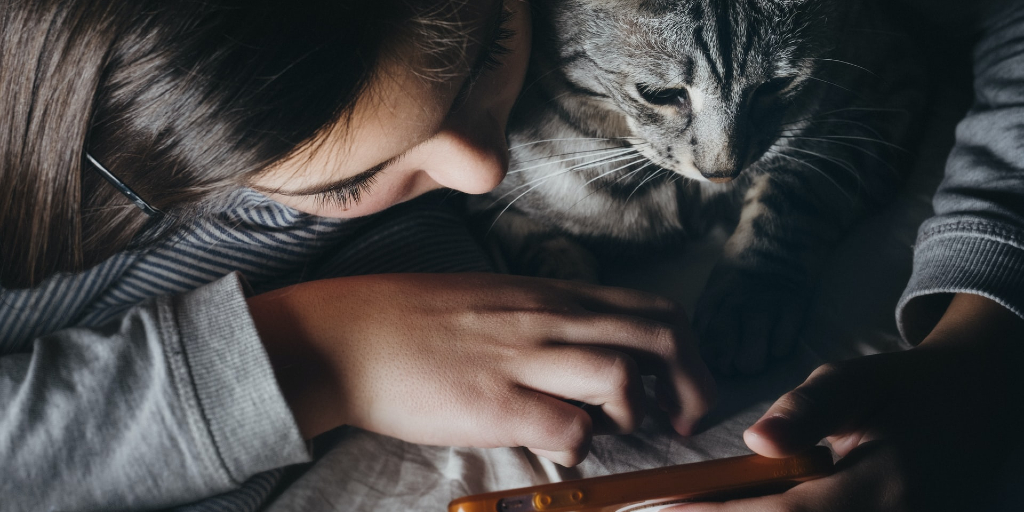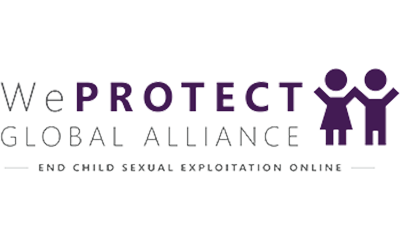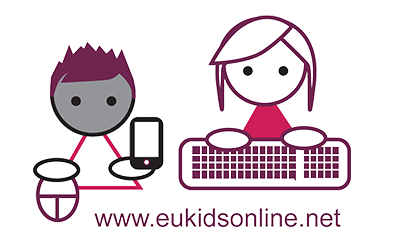In a digital age, the multiple influences on child well-being are getting ever more complex. But what difference does it make to grow up in a digital age? In answering this question, we must embrace the complexity of a multi-factor, multi-level world, and anticipate that research findings will be qualified and contextual. In short, the fact of growing up in a digital age will likely make a difference to children’s well-being, but many factors also influence well-being, not all of them related to the digital world, and we need to keep them all firmly in view.
To explore the factors that influence children’s well-being in a digital world, the Global Kids Online network has produced a research framework which sets out its approach, concepts, assumptions, research questions and project design. At the heart of this framework is a model of the key factors that influence children’s well-being, and the hypothesised relations among them. This model was originally developed by the EU Kids Online network, then adapted and further developed for Global Kids Online, building on the experience of conducting research by partners in 17 countries using the Global Kids Online survey.
We recently tested our model and hypotheses in a variety of ways by analysing survey results of 11 countries (Albania, Argentina, Bulgaria, Brazil, Chile, Ghana, Italy, Montenegro, Philippines, Uruguay and South Africa) with more than 14,000 internet-using children who were interviewed about their online experiences. There remain, however, many hypotheses to be examined, as the cross-national data set can support all kinds of statistical analyses, and the full potential of the model has yet to be realised. So, what have we learned, where are the gaps (or parts of the model not yet examined) and what further analyses could usefully be conducted on the dataset?
The new report provides detailed recommendations and suggestions in the areas of: internet access, activities and opportunities (such as e-health and digital citizenship), digital skills, risk of harm (hurtful and bullying behaviour, cyberbystanders, cyberhate, discrimination, and violent extremism), sexual activities and risks (receiving and sending sexual messages, viewing sexual content), and online sexual exploitation and abuse (sexual solicitation, sextortion, cyber-dating violence). In each of these areas, Global Kids Online offers recommended measures (see the survey). Based on the review of the existing evidence we have also compiled information about additional measures used in other studies.
Crosscutting all areas, our suggestion is to prioritise the following key gaps in further research and analysis:
- The connection between online and offline is under-researched. Future research and analysis need to capture better the complexity of children’s online experiences and recognise how benefits and vulnerabilities ‘travel’ online from their offline environment. The sources of benefit and vulnerability differ between children and county contexts – hence comprehensive measures of children’s individual circumstances, their online behaviour, and experiences of harm both online and offline are needed.
- Long-term outcomes of internet use on children’s well-being, mental health or resilience are rarely explored. Most research describes children’s online experiences and may link these to predictive factors in their life circumstances, but rarely do studies follow up on the consequences of children’s internet use, to document either benefits or harms over time.
- To understand how and when risk leads to harm, we need to understand better children’s vulnerabilities and protective factors – both online and offline. An overall finding across the different areas that we reviewed is that children’s experiences of online harm relate in complex ways to their online behaviour (aspects such as privacy, online communication, exposure to other risks) on the one hand, as well as to existing vulnerabilities (offline and online) on the other – here experiences of other hurtful behaviour, help-seeking, social support, ability to recognise violence play an important role. To understand children’s experiences of online harm, sexual exploitation and abuse, we need to have a better and more comprehensive knowledge of how children engage with the internet, what abilities they have to protect themselves from harm (offline and online) and to respond to hurtful situations, and how their environment (again in its digital and non-digital aspects) affords support and protection or amplifies risks and harm.
Post author: Mariya Stoilova
You can sign up to receive the latest research news from Global Kids Online by email. Please forward this message to anyone you think may be interested.








